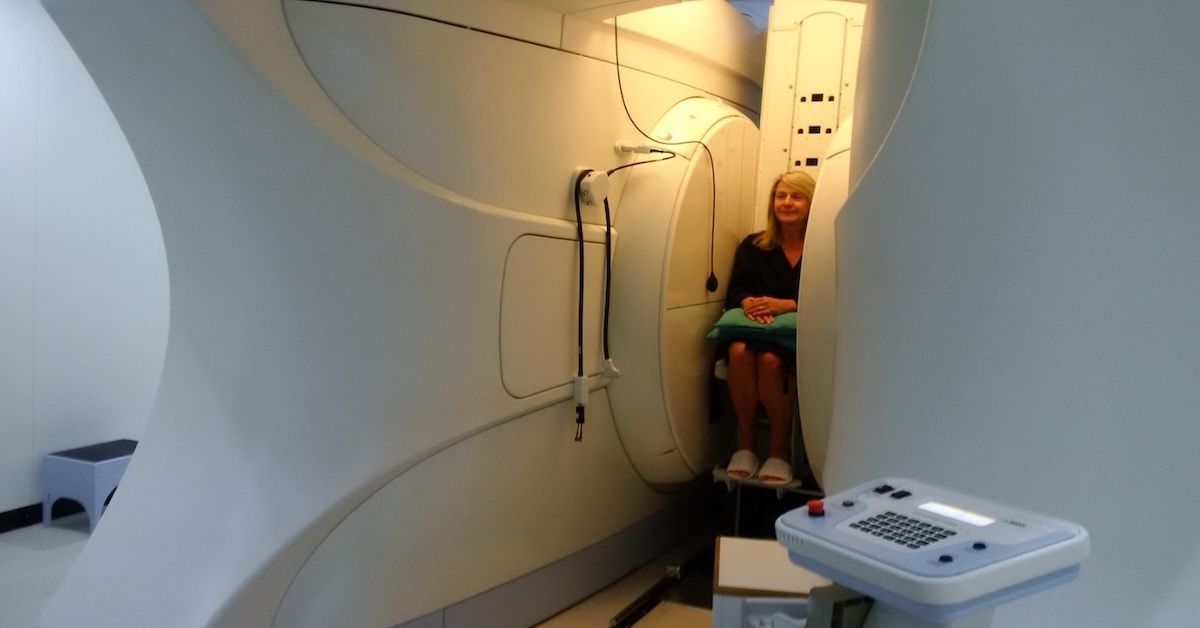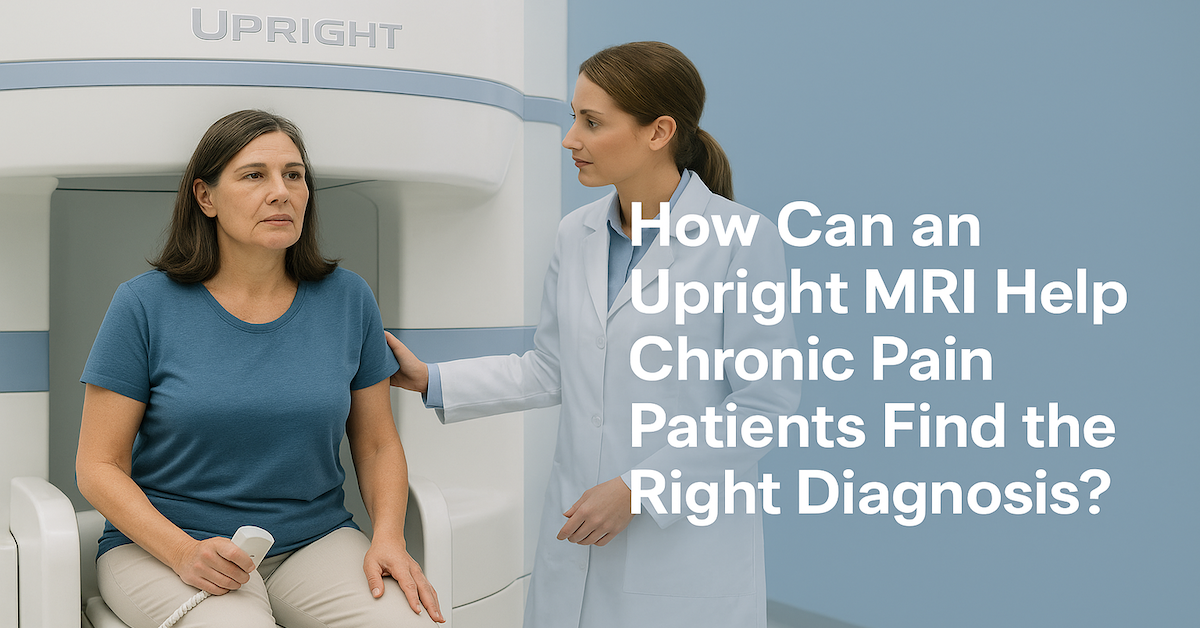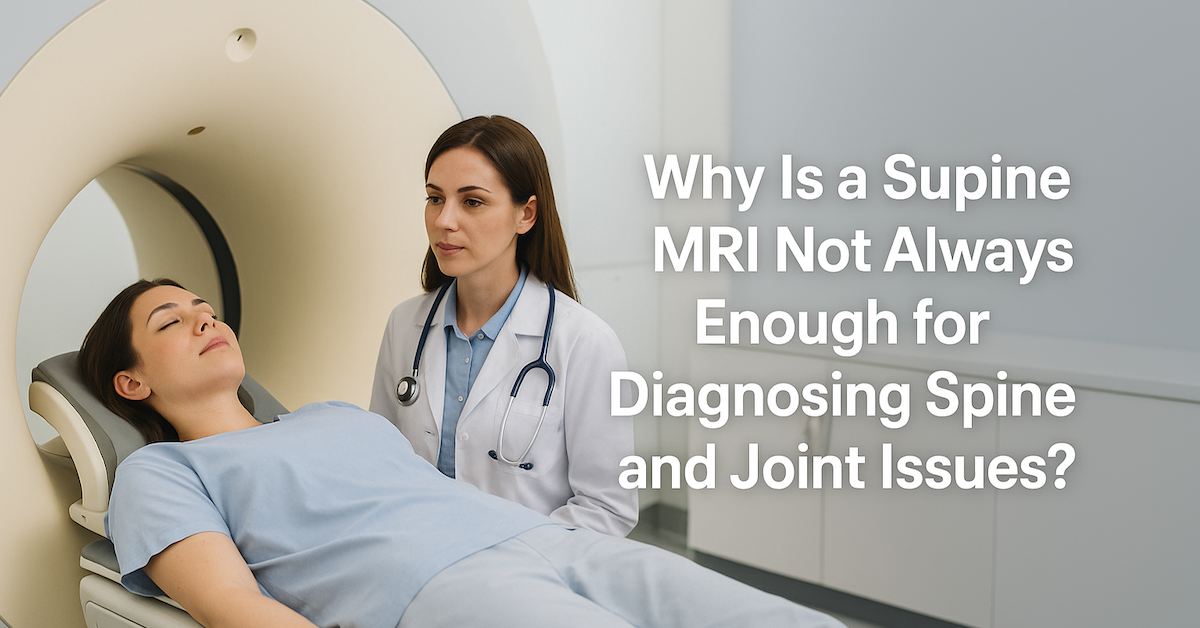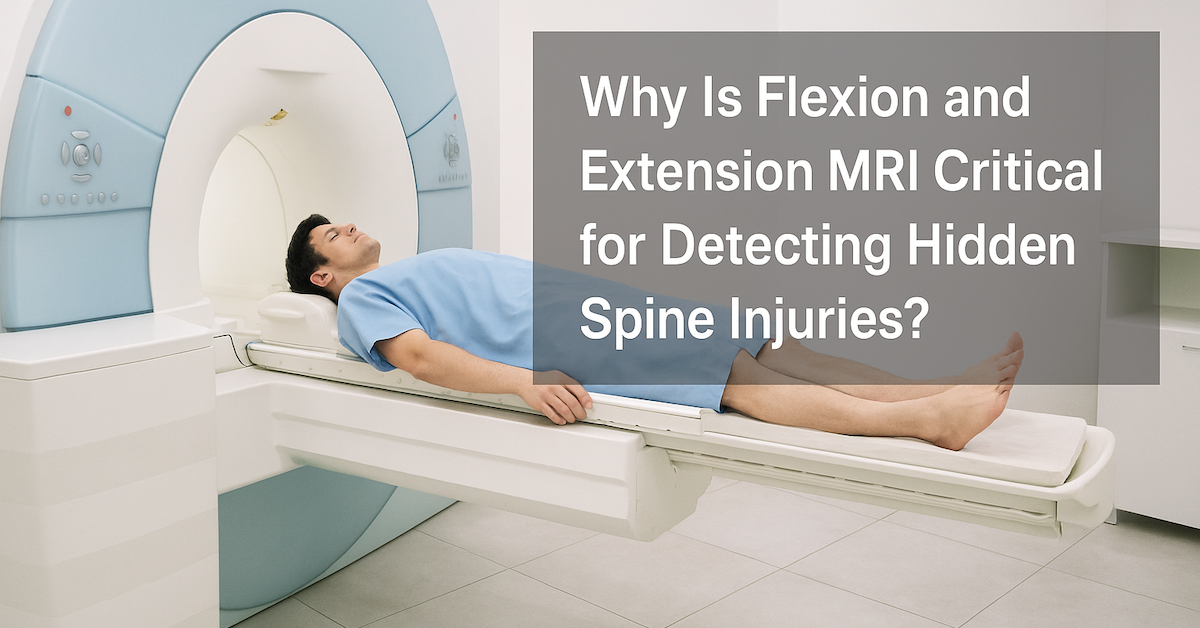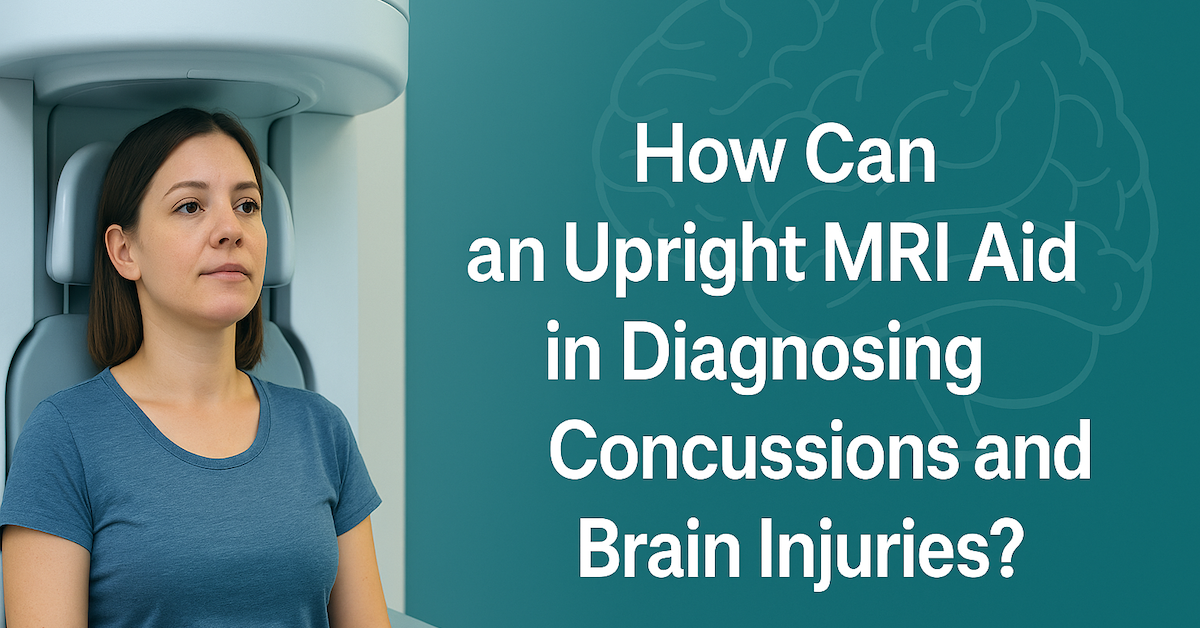UPRIGHT MRI BLOG
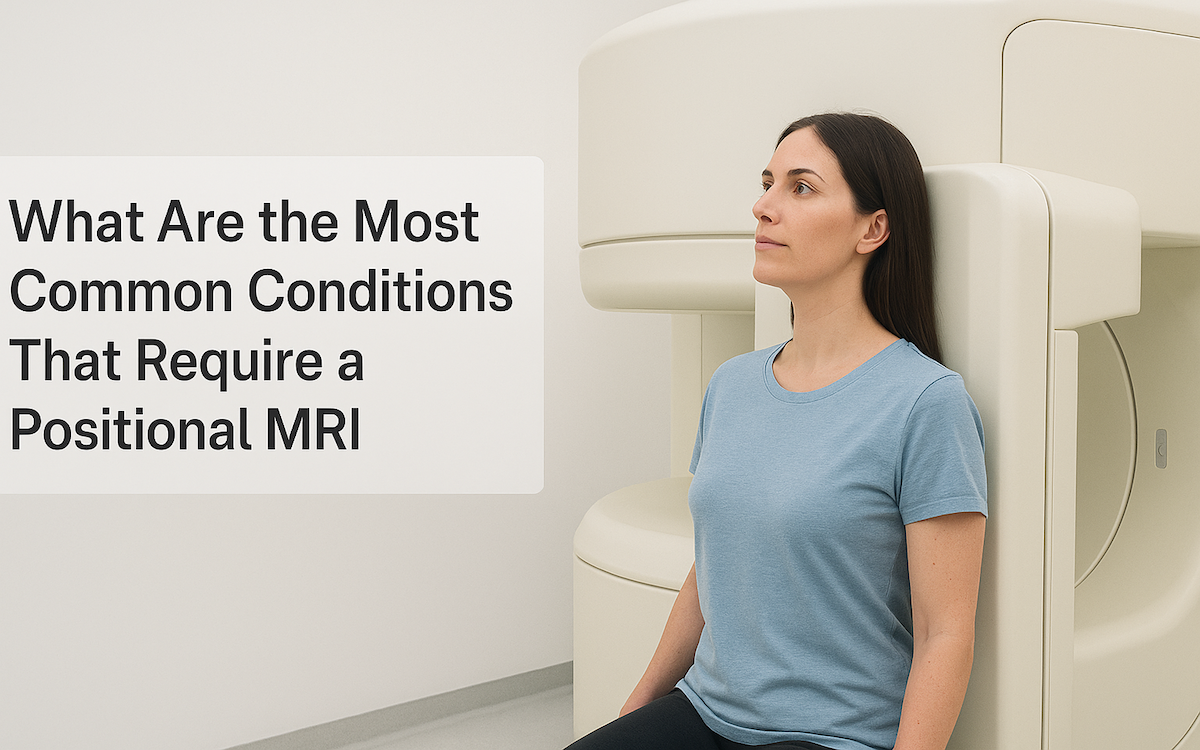
A traditional MRI is a powerful diagnostic tool, but it has one key limitation, it only scans patients while they are lying flat. Many spinal and joint problems, however, occur or worsen when the body is upright or under pressure. That’s where a positional MRI , also known as an upright MRI or weight-bearing MRI , makes a real difference. This advanced technology allows scans to be taken while the patient is sitting, standing, or bending, capturing the body’s natural posture and movement. In this article, we’ll explore the most common conditions that require a positional MRI and why it often provides more accurate and useful diagnostic results than a standard MRI.
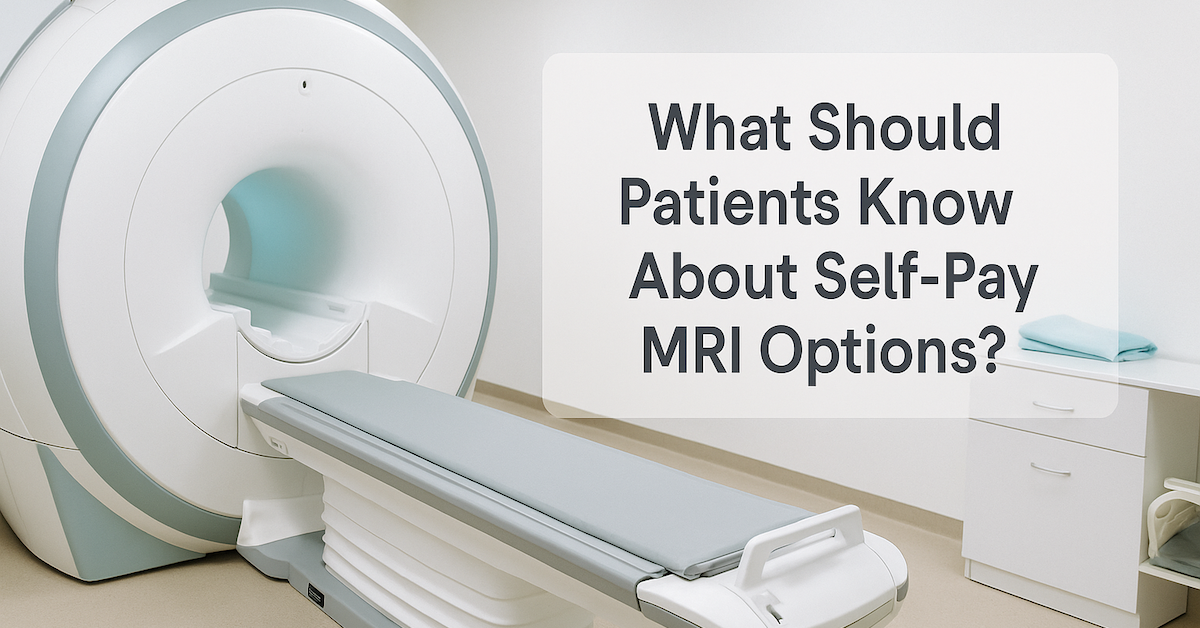
MRI scans are one of the most effective tools for diagnosing injuries, monitoring conditions, and guiding treatment plans. While insurance often covers imaging, many patients are surprised by high deductibles, prior authorization delays, or limited provider choices. That’s where self-pay MRI comes in . By paying directly for the scan, patients can often save money, schedule faster, and gain more control over where they go for imaging. This article explains what self-pay MRI means, why people choose it, how much it costs, and how to decide if it’s right for you.
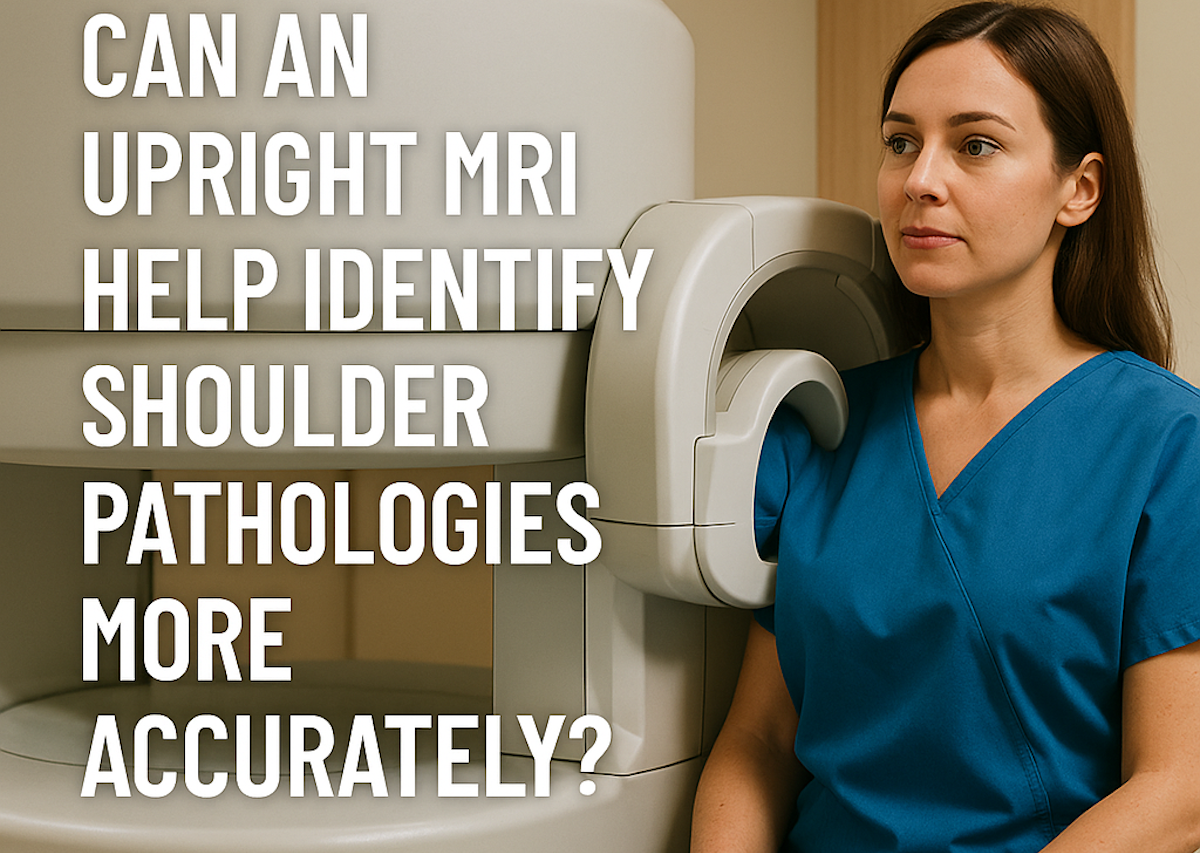
Shoulder pain can disrupt everyday activities, from lifting groceries to reaching overhead. For many people, figuring out the cause of that pain is the first step toward proper treatment. While traditional MRI scans have been a standard tool for diagnosing shoulder injuries, they are not always perfect. Upright MRI technology offers a different approach, one that can sometimes reveal problems traditional methods might miss. This article explores how upright MRI works, what makes it unique, and why it may provide clearer answers for shoulder conditions.


